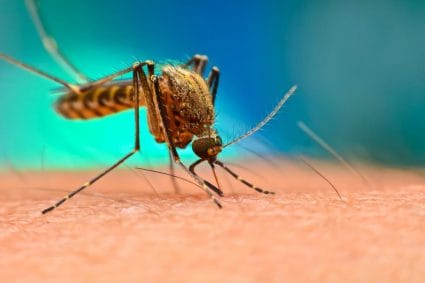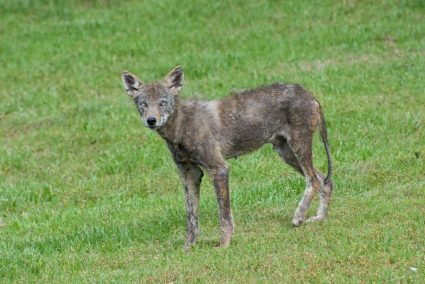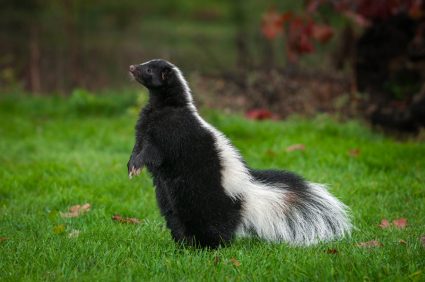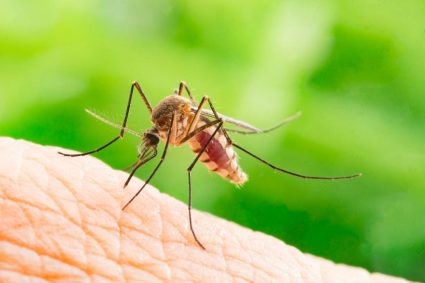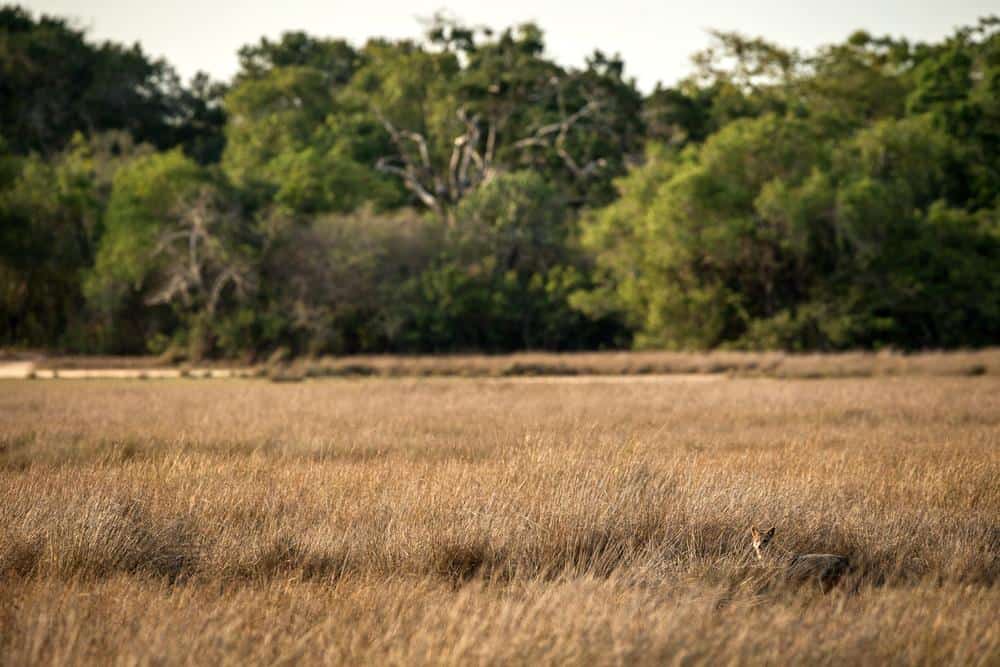
Determining the gender of a skunk can be a challenging task due to the lack of significant sexual dimorphism between males and females. However, there are certain behavioral and physical differences that can provide clues about the skunk’s gender. In this in-depth guide, we will explore these differences and provide you with everything you need to know about determining the gender of a skunk.
Determining the gender of a skunk can be challenging due to the lack of significant physical differences between males and females. However, some clues can be found in their behavior and reproductive anatomy. Males are generally larger, more solitary, and have partially exposed genitals. Females often travel in groups and make dens with other females. However, these methods are not always accurate, and caution should be exercised when approaching skunks.
Physical Characteristics
When it comes to physical characteristics, male skunks are generally larger than females, with a length of 25 to 32 inches and a weight between three and fourteen pounds. They have small, beady black eyes, a pointed nose, and a bushy tail. Their coat is predominantly black with a broad white stripe running down their back, which splits into two as it continues down the back to the tail, forming a V in appearance.
However, it’s important to note that skunks are not sexually dimorphic, meaning that most physical characteristics, such as stripe pattern, are identical in males and females. Therefore, telling them apart based on appearance can be somewhat difficult.
Behavioral Differences
Behavioral differences can offer more reliable clues about a skunk’s gender. Male skunks tend to be more solitary and avoid groups, except during mating season in early spring. Females, on the other hand, will travel with kittens and other females. Males are also generally larger than females, with a difference of a few inches and pounds.
During mating season, male skunks give off a scent to attract females, while females make dens with other females during the winter for warmth. Additionally, female skunks exhibit high variability and fragmentation in daily activity rhythms except during the lactation period when they switch to prolonged bouts of nocturnal activity. In contrast, male skunks do not significantly change the timing of their daily activities.
Reproductive Anatomy
The most conclusive way to determine a skunk’s gender is by examining its genitalia, but this should be done with caution due to the risk of being sprayed by the skunk. Skunks have partially exposed genitals, similar to cats and dogs. Before being fixed, male skunks have a partially exposed red, pink, or black penis between their back legs. The female’s vagina may be slightly covered with fur but can be exposed by brushing the fur between the legs.
Precautions
If you need to get close to a skunk, you should take certain precautions. Wear protective gloves to protect yourself from potential bites or scratches. Ensure the skunk cannot spray by checking if its scent glands have been removed. Also, make sure the skunk has been vaccinated against rabies to avoid potential health risks.
Remember that handling wild skunks can be dangerous, and it is best to contact a wildlife control professional if you need assistance with skunk-related issues.
Conclusion
While there are no foolproof ways to determine the gender of a skunk based solely on physical characteristics, observing their behavior and, if possible, examining their reproductive anatomy can provide some clues. However, it’s important to remember that these methods are not 100% accurate, and caution should always be exercised when dealing with wild animals.
For more detailed information on skunks and other wildlife, you can visit websites like National Geographic here.
Remember to always treat wildlife with respect and give them the space they need. If you have a skunk problem, it’s best to call a professional wildlife removal service to handle the situation safely and humanely.
Frequently Asked Questions
What is the lifespan of a skunk?
Skunks typically live for about 2 to 4 years in the wild, but they can live up to 10 years in captivity.
What do skunks eat?
Skunks are omnivores, meaning they eat both plants and animals. Their diet primarily consists of insects, small mammals, fruits, nuts, and berries. They are also known to eat eggs, birds, and even garbage if food sources are scarce.
How can I deter skunks from my property?
To deter skunks from your property, you can take measures such as securing garbage cans, removing pet food from outside, sealing off access to sheds and crawl spaces, and using commercial repellents.
How far can a skunk spray?
A skunk can spray as far as 10 feet. The spray is a form of defense against predators and is known for its strong, unpleasant odor.
What does a skunk’s spray smell like?
A skunk’s spray has a strong, pungent odor that many compare to rotten eggs or burnt rubber. The smell can linger for days and is difficult to remove.
Are skunks nocturnal?
Yes, skunks are primarily nocturnal, which means they are most active during the night. However, they can sometimes be seen during the day, especially in the spring and summer when they are searching for food.


